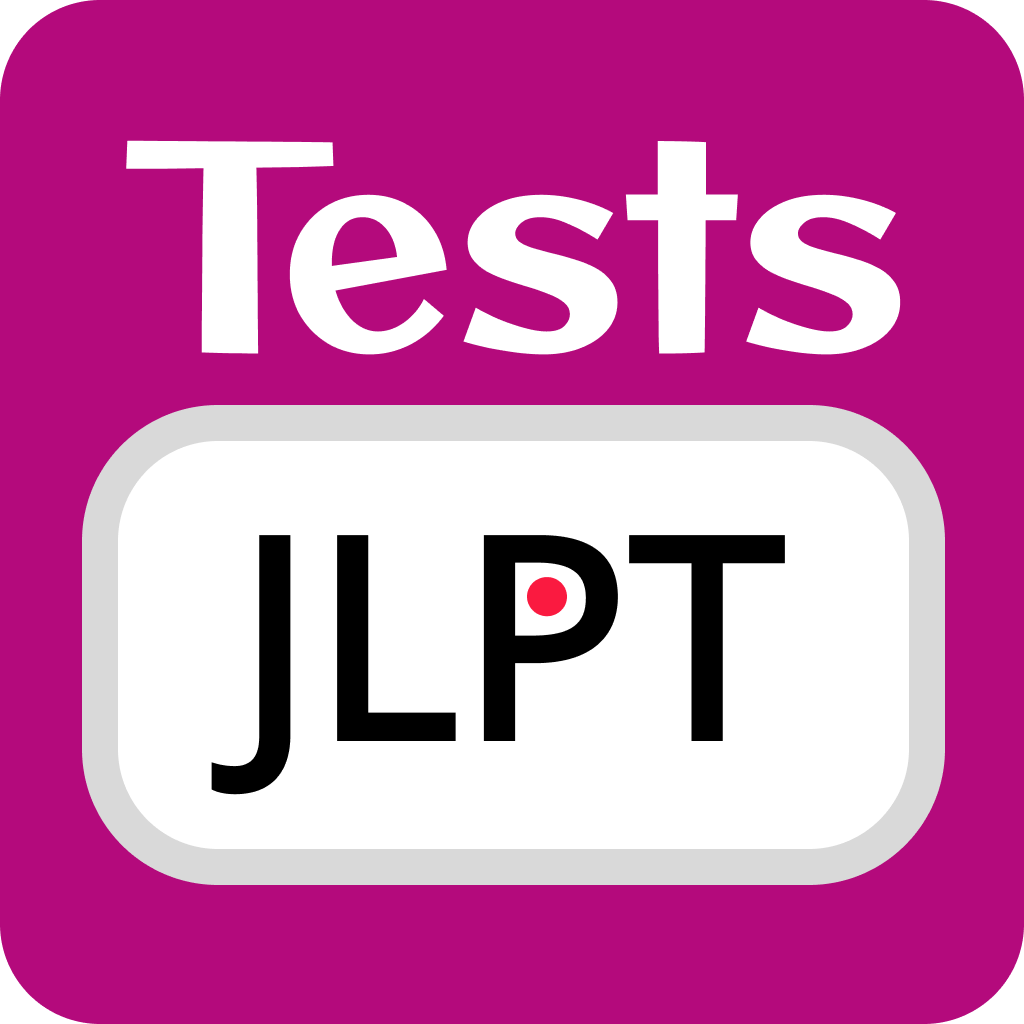Verb Dictionary Form
V-る・動詞辞書形・どうしじしょけい
1. Definition
The verb dictionary form (辞書形, じしょけい) is the basic form of a verb, typically used as an entry in dictionaries. The dictionary form represents the verb in its uninflected state and is commonly used in written and formal contexts.
2. Structure
Japanese verbs can be classified into three categories based on their conjugation: Group 1 (Godan verbs), Group 2 (Ichidan verbs), and Irregular verbs.
2.1. Group 1 Verbs (Godan Verbs)
- Characteristics: These verbs end with a "u" sound.
- Structure: The dictionary form usually ends with 「う」.
- Examples:
Verb Dictionary Form 書く 書く (かく) 話す 話す (はなす) 飲む 飲む (のむ)
2.2. Group 2 Verbs (Ichidan Verbs)
- Characteristics: These verbs end with 「る」.
- Structure: The dictionary form is formed by removing 「る」.
- Examples:
Verb Dictionary Form 食べる 食べる (たべる) 見る 見る (みる) 寝る 寝る (ねる)
2.3. Irregular Verbs
- Characteristics: This category has a few verbs with unique conjugation rules.
- Examples:
Verb Dictionary Form する する (する) 来る 来る (くる)
3. Notes
- The dictionary form is used in both spoken and written language and is fundamental for understanding verb usage.
- In actual conversation, using the dictionary form may be considered informal, so more polite forms (such as the "ます form") might be preferred in formal situations.
4. Summary
The dictionary form of verbs is an essential foundation for learning Japanese. Understanding its structure and usage will facilitate further learning of other verb conjugations.
